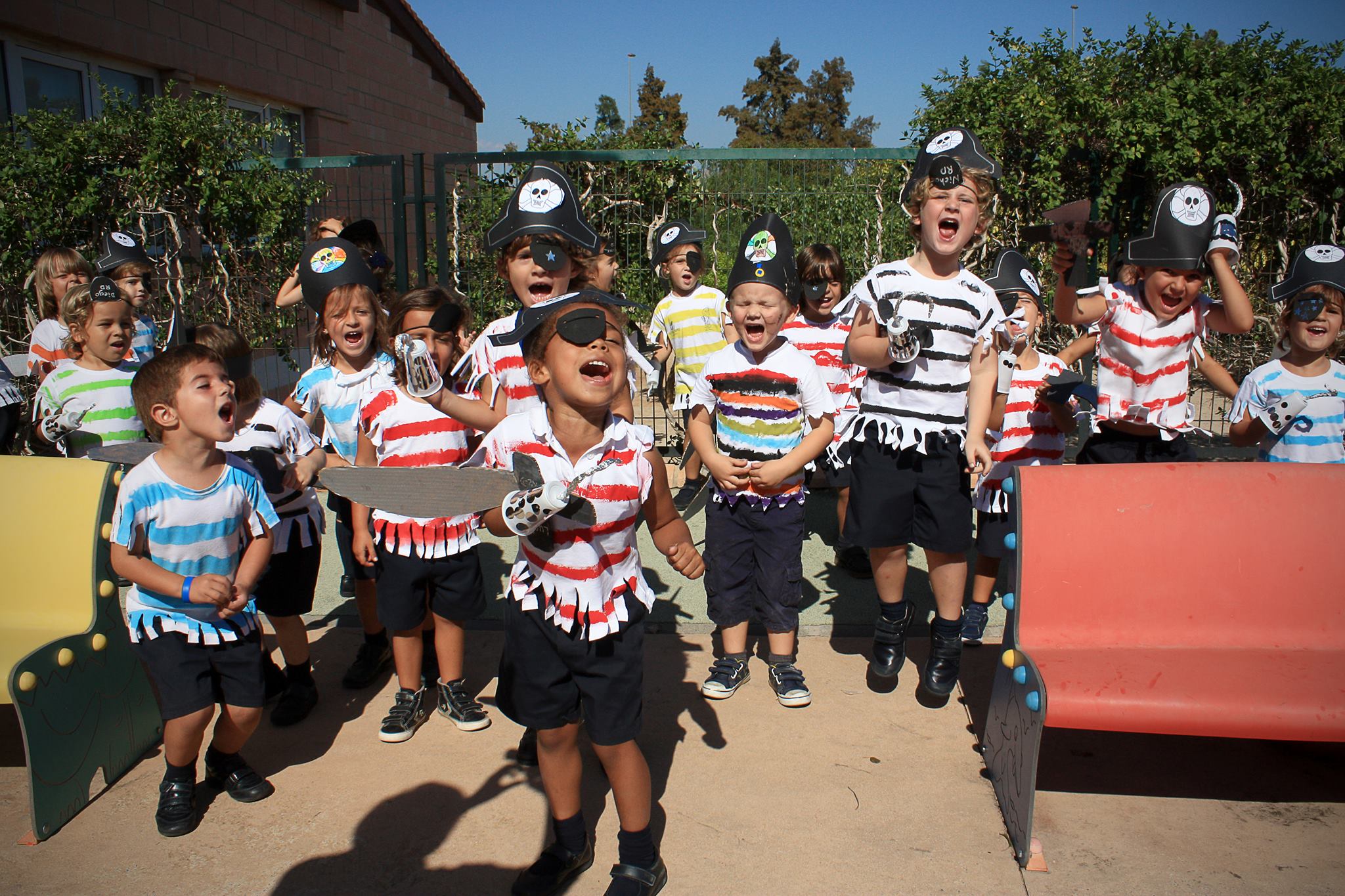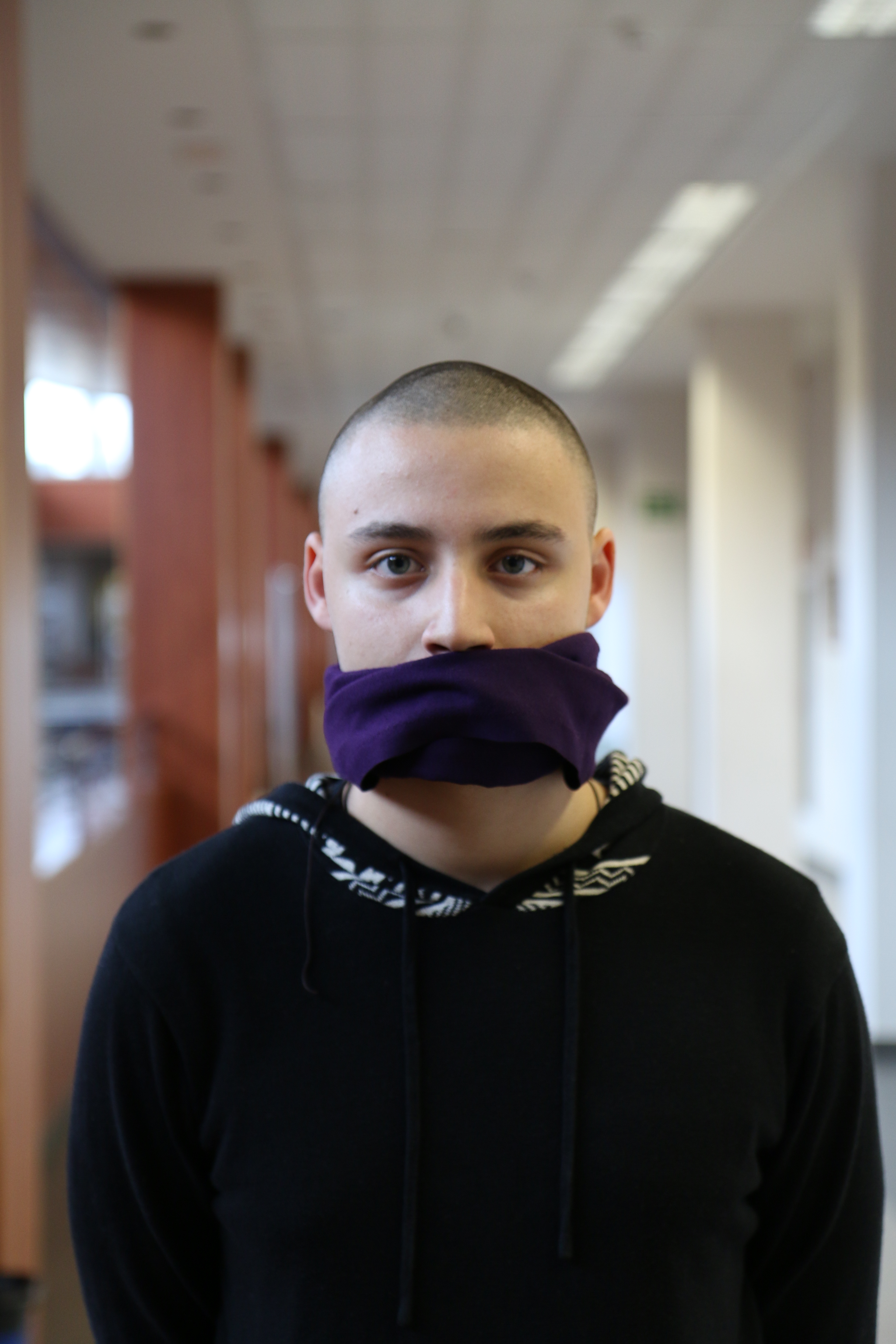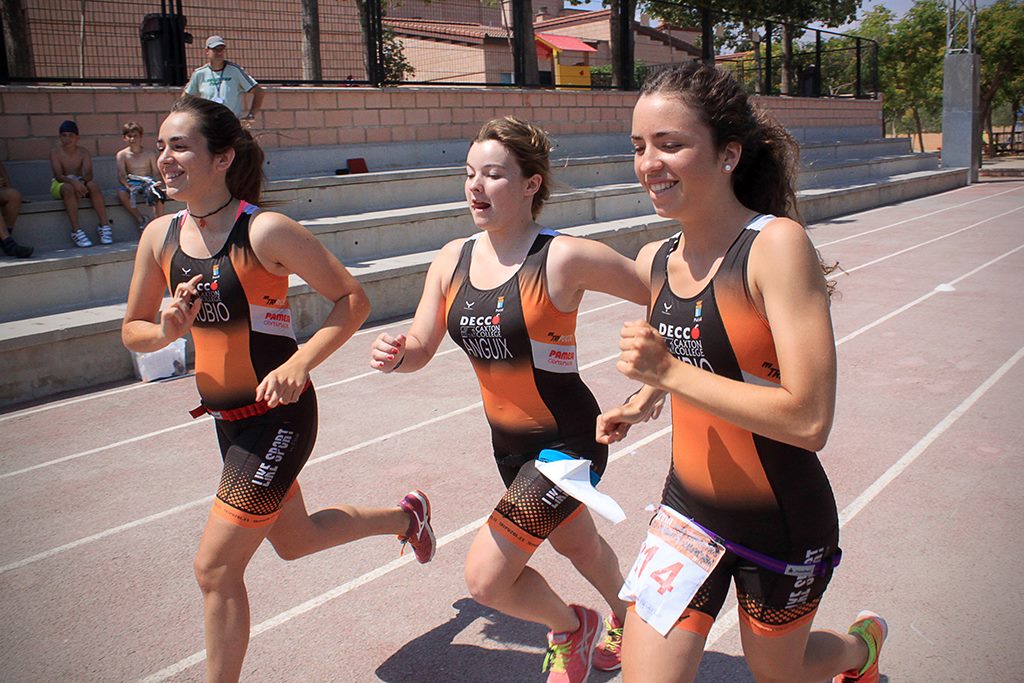
Abordar la conducta disruptiva de un niño en clase cuando tienes a todo el grupo pendiente de la situación, no es tarea nada fácil. Necesitamos mucha paciencia, madurez profesional, calma y creatividad para saber manejar este tipo de situaciones.
Aquí van algunas claves.
¿Por qué un niño se porta mal?
En ocasiones cuando reflexionamos acerca de las posibles causas de un mal comportamiento y las entendemos, creamos actitudes más positivas acerca de las soluciones. Nos reforzamos y nos sentimos más capaces de reconducirlas.
- Un niño que se porta mal, es probablemente un niño que ha sido educado en la dominancia-sumisión o en la negligencia. Por lo tanto: o no sabe flexibilizar, o no conoce límites. Es por ello que necesita que seamos comprensivos y le enseñemos a relacionarse con tranquilidad y aprobación. También es probable que sea impulsivo y que necesite mayor maduración de las estructuras cerebrales que controlan el comportamiento, los procesos de inhibición y que dirigen su atención. Sea cual sea la causa, es necesario analizarla para comprenderla.
- Como docentes, es fundamental entender, que cuando un niño no se porta bien, no me está retando. Mi autoridad no queda comprometida. Él es el inmaduro, y utiliza esa conducta inmadura y su miedo, para que yo le ponga el límite.
- Muchas veces achacamos el mal comportamiento del niño a la falta de interés de los padres por educar a sus hijos, no estableciendo límites y prestándoles poca atención. Esto no siempre es así y aunque intuyamos que en su casa puede haber límites difusos, no está todo perdido. En el aula y conmigo, haré todo lo posible para que sienta firmeza con cariño y seguridad.
¿Cómo debo comunicarme con sus padres para ayudarles?
- Cuando nos reunamos con sus padres, no solo debemos informar de la conducta problemática, sino hablar de nuestras estrategias para abordarla y mejorarla. De qué cosas funcionan y cuáles no. Preguntaremos su opinión acerca de cuales suelen utilizar en casa. Denbemos hacerles saber que les vamos a ayudar, a ellos y a su hijo.
- Seguramente los padres están más desbordados por su conducta que nosotros. Informar de la situación está bien, pero si únicamente informamos, podemos generarles mucha culpabilidad (ellos pueden ser los responsables, no los culpables). Hay que rebajar en ellos esa tensión y restituir su control parental y su valor como educadores.
- Cuando un niño reclame poderosamente nuestra atención, no argumentemos a sus padres que no podemos dársela porque no es el único en la clase y tienes veintitantos más. Ese no es su problema. Hazles saber que para ti, en ese momento, él es tu prioridad. Los padres intuirán tu interés y verán que entiendes a su hijo. Sentirán que la situación está controlada y se mostrarán colaboradores.
- Habla a sus padres de las características positivas de su hijo y pídeles que te ayuden a utilizarlas para cambiar sus actitudes negativas. Ellos poseen una información muy valiosa y entre todos seguro que dais con la clave.
¿Cuál debe ser mi intervención con el niño?
Los niños con mal comportamiento son niños que, por lo general, no generan muchas simpatías, ni entre sus compañeros, ni con los adultos. De modo que tendremos que agudizar nuestro ingenio y poner esfuerzo en entenderles y conocer cuáles son sus virtudes.
- Haz que el alumno se sienta necesario, que cuentas con él en clase, que existe, que le consideras válido.
- “Pillale” cuando esté haciendo algo bien y házselo saber.
- Utiliza la mirada como medio de atención. Estos niños son muy “nombrados “ durante el día y casi siempre para regañarles.
- Hazle más cumplidos que advertencias o sanciones. Intenta compensar la punición con la alabanza.
- Recompénsale si ayuda a otros o si es amable con los demás.
- -Busca en él sus talentos y poténciarlos.
- Establece objetivos personales realistas para ese alumno y repasa sus progresos de forma semanal, permitiéndole obtener una recompensa si logra su objetivo.
- Esfuérzate en ser inductor de actitudes positivas más que corrector de conductas negativas.
- Coloca en clase trabajos realizados por él en sitios visibles o importantes. Hazle saber que valoras sus aptitudes y su esfuerzo.
- Utiliza mucho elemento visual y acústico para anunciar los cambios de actividad, nivel de ruido excesivo, comportamiento inaceptable, etc. De esta forma, acapararás mejor su atención y evitarás mencionarle en público constantemente.
- Avisa de los cambios en las actividades o rutinas con anticipación. Dale tiempo a que pueda reconducir su atención hacia ti.
- Involucra al alumno que reta pidiéndole algo específico. Muchos de ellos necesitan algo más de actividad y protagonismo del normal y hemos de conseguir que valore el protagonismo positivo en lugar del negativo.
¿Cómo debo actuar ante una situación disruptiva grave (agresiones o comportamiento disruptivo continuado)?
- Cuida en extremo tu lenguaje oral y corporal cuando realices alguna crítica o valoración acerca de él, de su conducta o de su trabajo. Recuerda que todo lo que decimos o callamos, se les quedan grabado a fuego en su memoria y puede modificar su autoestima en uno u otro sentido.
- No utilices tu fuerza física salvo en ocasiones de extrema necesidad. Si es necesario, porque el niño está en riesgo o pone en riesgo a los demás, simplemente sujétale, evitando que se lesione o te lesione.
- Si ha pegado a otro niño, no le preguntes por qué lo ha hecho (casi siempre hacemos esto). Eso no es lo importante. En su lugar, puedes preguntarle qué ha pasado. Lo verdaderamente importante es que sepa que eso es inadmisible, que no lo vas a tolerar, que impidiéndolo estás ayudándole a que no lo vuelva a hacer, que se disculpe sinceramente y empatice con la víctima (a la que concederás mucha más atención) y que restituya el daño (si es posible) de manera inmediata.
- Procura no sacar al niño de la clase, pero si su conducta es muy persistente , tiene un mal día y lo tienes que retirar, nunca le lleves a una clase inferior con la excusa de que se comporta como un niño más pequeño y no puede estar con sus iguales. Llévalo a la clase contigua y explícale a la profesora, en privado, la razón por la cual necesitas hacerlo. Nunca lo hagas abriendo la puerta de la clase y explicándole a la profesora en tono airado (aunque por dentro estés muy enfadado) y delante de los otros niños, que se ha portado mal. Eso es muy humillante para el niño en cuestión.
- Nunca dejemos a un niño solo en el pasillo fuera del aula.
- Siempre puedes pedir ayuda a otros miembros del staff (psicóloga, senco o coordinadoras) enviando a otro alumno a secretaría y cualquiera disponible irá a hacerse cargo de la situación para que tú puedas seguir con la clase. Cuando el niño esté calmado, habla con él, retoma la situación desde la calma y el cariño, explícale por qué no admitiste su conducta y busca con él una forma de mejorar su actuación.
Silvis Sanchis, Psicóloga de Primaria en Caxton College
Dealing with disruptive behaviour with one of your children when the rest of the class is watching is not an easy job to do. To manage these situations, we need a lot of patience, professional maturity, calm and creativity.
Here are some of the key factors.
Why does a child behave badly?
Sometimes, when we reflect upon the possible causes of bad behaviour and we understand them, we create a more positive attitude towards finding solutions and strengthen our resolve and feel more capable of getting the children back on track.
- A child that behaves badly is probably a child who has been educated in a dominant, submissive, or neglected environment. Therefore, as the child may not know how to be flexible or not know their limits, we must be understanding and relaxed and teach them how to relate with themselves by means of appraisal. It is also probable that the child needs to further develop their cerebral structures which control behaviour and their attention span. Whatever the causes are, it is positive to analyze them to be able to understand them.
- It is important to understand that when a child is misbehaving, it isn´t because he/she is challenging us. My authority isn´t being compromised. He/she is the immature one and uses that immature behaviour and fear so that I set him/her limits.
- There is a tendency to blame the child´s poor behaviour on their parent´s lack of interest for educating their children, not setting limits and paying little attention to them. Although we sense that there are vague limits set at home, not everything is lost. In class and with myself, I will do everything possible so that he/she is treated with firmness but given with affection and security.
How should I communicate with the parents to help them?
- When we meeting the parents, we should not just inform them of the problematic behaviour but also speak of our strategies to deal with the matter and improve the situation, which ones work, which ones don´t, etc. We will ask their opinion if they think they will work and which ones they usually use at home. Make sure they know that you are going to help them and their child.
- It is almost certain that the parents are at the end of their tether even more so than us. Informing them of the situation is fine, but if we just inform them and nothing else then we can generate a lot of blame (they are responsible for the child but not to blame). We have to reduce the tension and restore parental control and their importance as educators.
- When a child is continually seeking our attention, we cannot argue with their parents that you cannot give it to the child because he/she isn´t the only pupil in the class and you have 20 odd other pupils. That is not their problem. For us, in that moment, he/she is the only one, is your prioriy. This will make them understand that you do understand their child, that the situation is under control and this will make them collaborate more.
- Speak to the parents about their positive characteristics and ask them to help you to use them to change their negative ones.
How should I intervene with the child?
Children that behave badly are children that may not generate sympathy with their class friends or with adults. Therefore, we will have to strengthen our efforts to understand them and know their virtues.
- Make the child feel needed, that he/she is important in the class and that he/she exists.
- “Catch them out” when they are doing something good and tell them that. Try to compensate punishment by praising.
- Use a “glancing look” as a means of getting their attention. These children´s names get mentioned a lot during the day and usually to tell them off.
- Give them more compliments instead of just warnings or punishments.
- Reward them when they help or are kind to others.
- Look for the child´s talents and encourage them to use them.
- Give them realistic personal aims and go over them on a weekly basis and give them a prize if they achieve them.
- Strive to induce positive attitudes instead of just correcting negative behaviour.
- Display work that the child has done in visible or important places. Tell them that you value their attitude and effort.
- Use visual and acoustic elements to announce any change of activity, level of excessive noise, unacceptable behaviour, etc. This way you will capture their attention more and avoid constantly mentioning them in public.
- Inform changes of activity or routines in advance. Give him/her time to redirect their attention to the next activity.
- Involve a child who challenges these changes by asking for something specific from them. A lot of them like the limelight and need more than just the activity.
- Make the pupil feel needed, that you are counting on them, that they exist and that he/she is worthy.
What should I do when faced with a serious disruptive situation? (violent or continual disruptive behaviour)
- Be extremely careful with both your oral and body language when criticising or evaluating them, their behaviour or their work. Remember that our comments stay in their memories and can change their self-esteem in different ways.
- Do not use physical force except on those occasions deemed strictly necessary. If required, for example, because a child is at risk or putting other children at risk, do not drag them by the arm or any other part of the body, simply hold them, ensuring that neither you are the child gets injured.
- If he/she has hit another child, do not ask them why they did it (we almost always listen to them). That is not important. Instead, ask them exactly what has happened. The important thing is for the child to know that it is unacceptable, that they apologise, feel sorry for the victim (the person who you should give a lot more attention to) and that they restore the damage caused (if possible) immediately.
- Try to avoid removing the child from class, but if the behaviour is very persistent and they have a bad day and you have to remove them, never take them to a younger year group class, using the excuse that they are behaving like a little child and therefore cannot be with children their own age. Take them to another class within your year group or to your HOY class and in private, explain to the other teacher your reason for taking the pupil out of your class.
- Never leave a child in the corridor on their own.
- You can ask other members of staff for help (Psychologist, SENCO or Head Teacher) by sending other pupil to the Primary Office and any available person will go and deal with the situation so that you can continue with the lesson. Once the child has calmed down, speak to them and explain why their behaviour was unacceptable and look for a way of improving the situation.
Silvis Sanchis, Primary Psychologist at Caxton College











